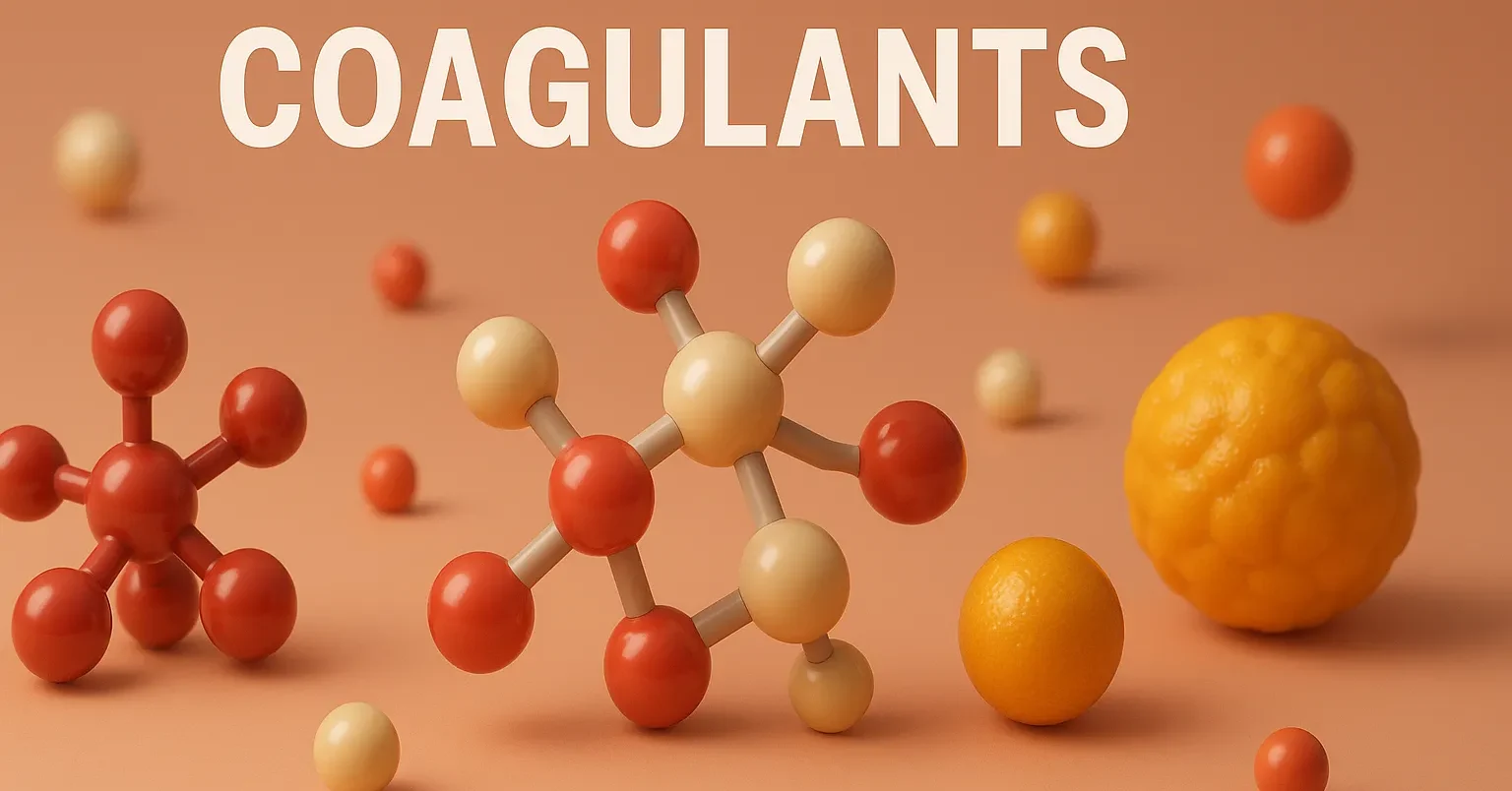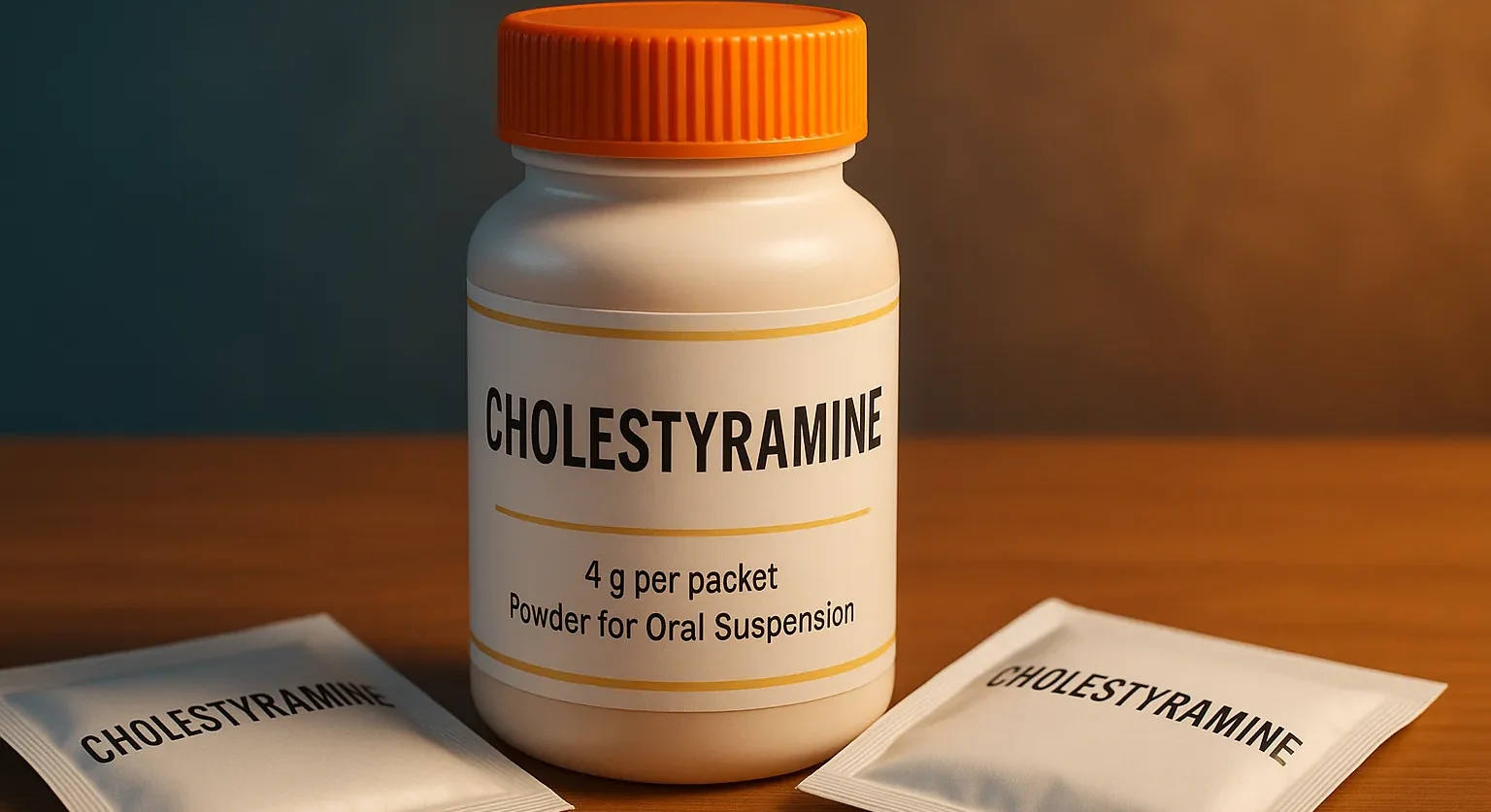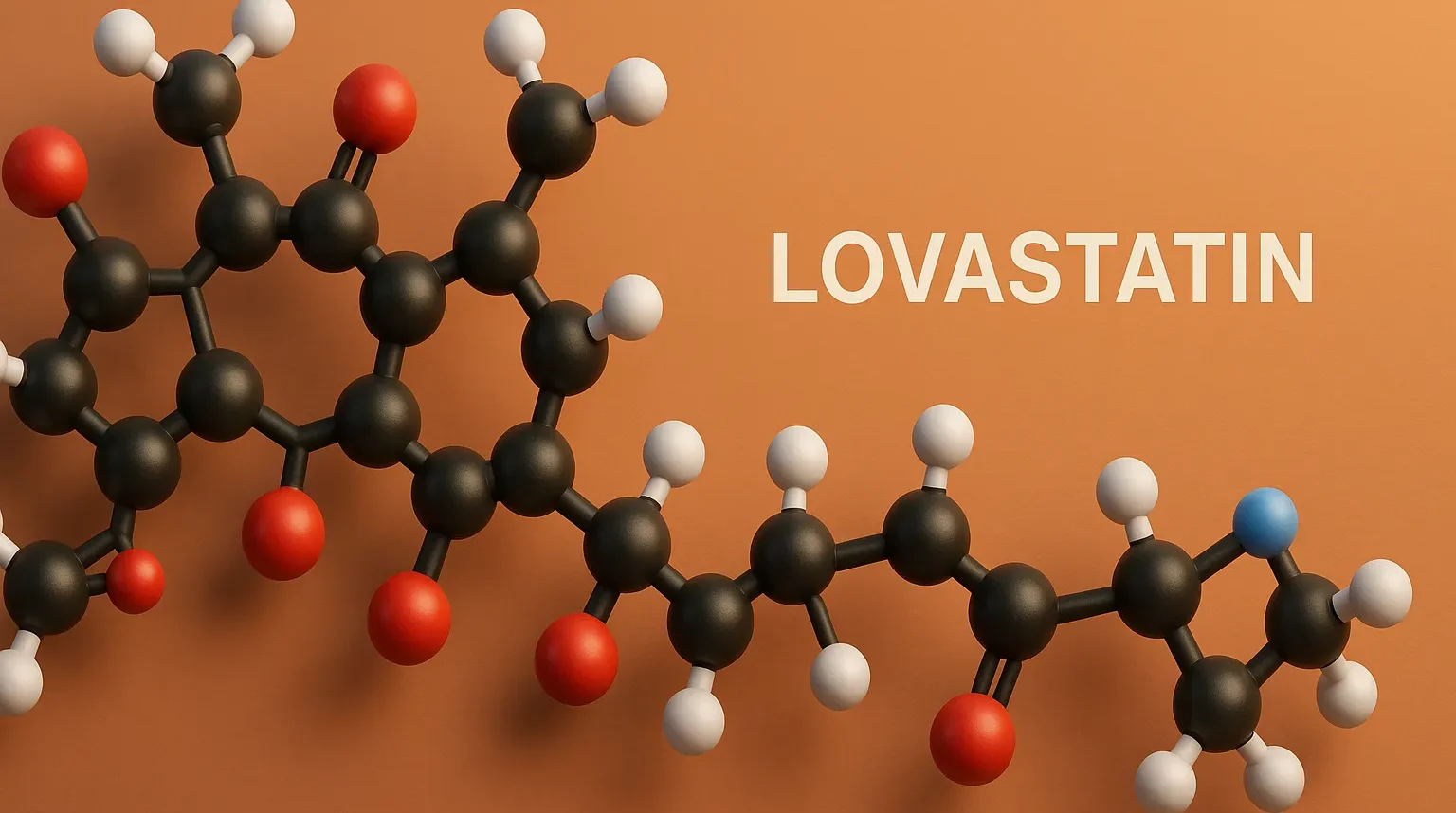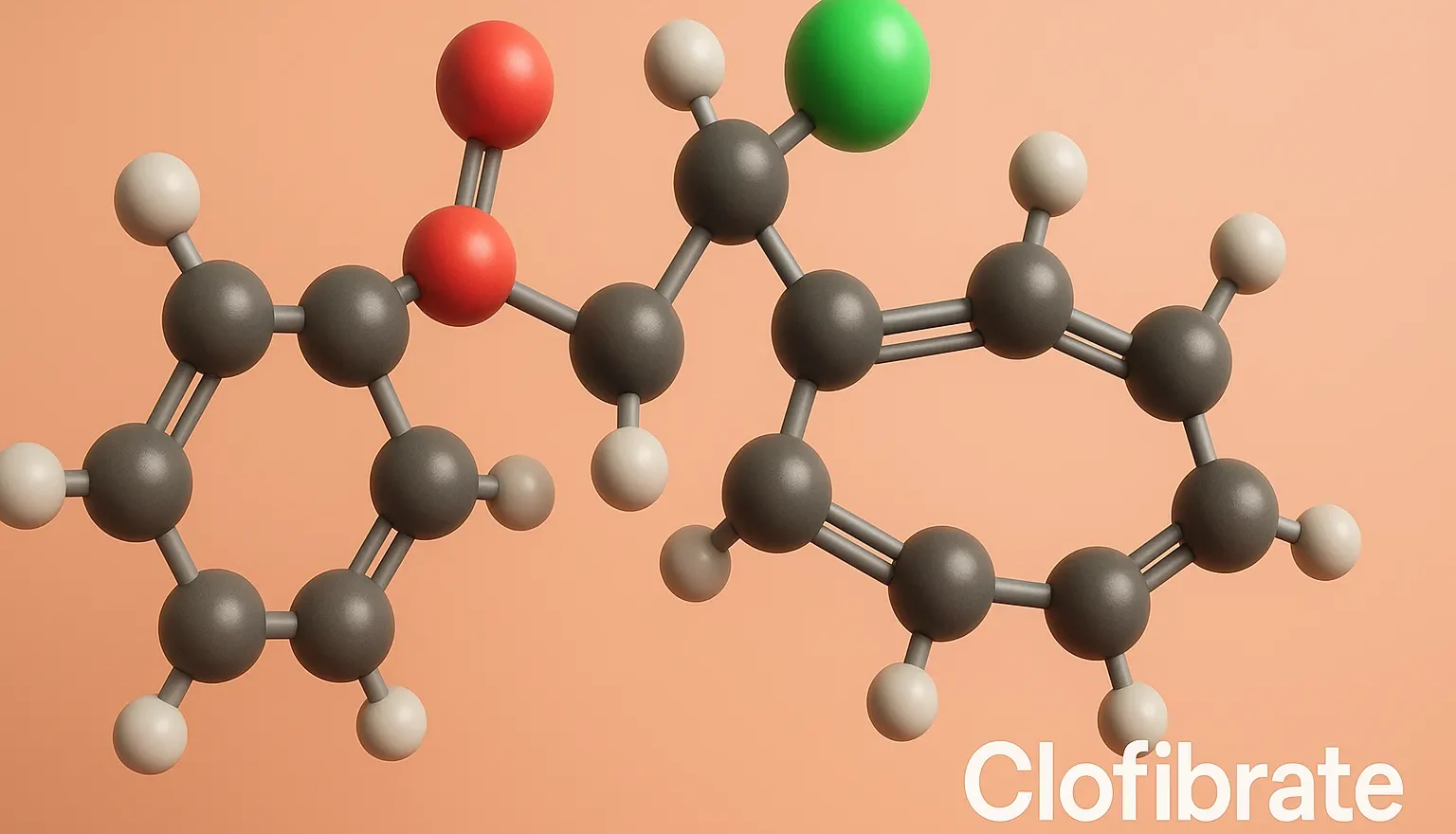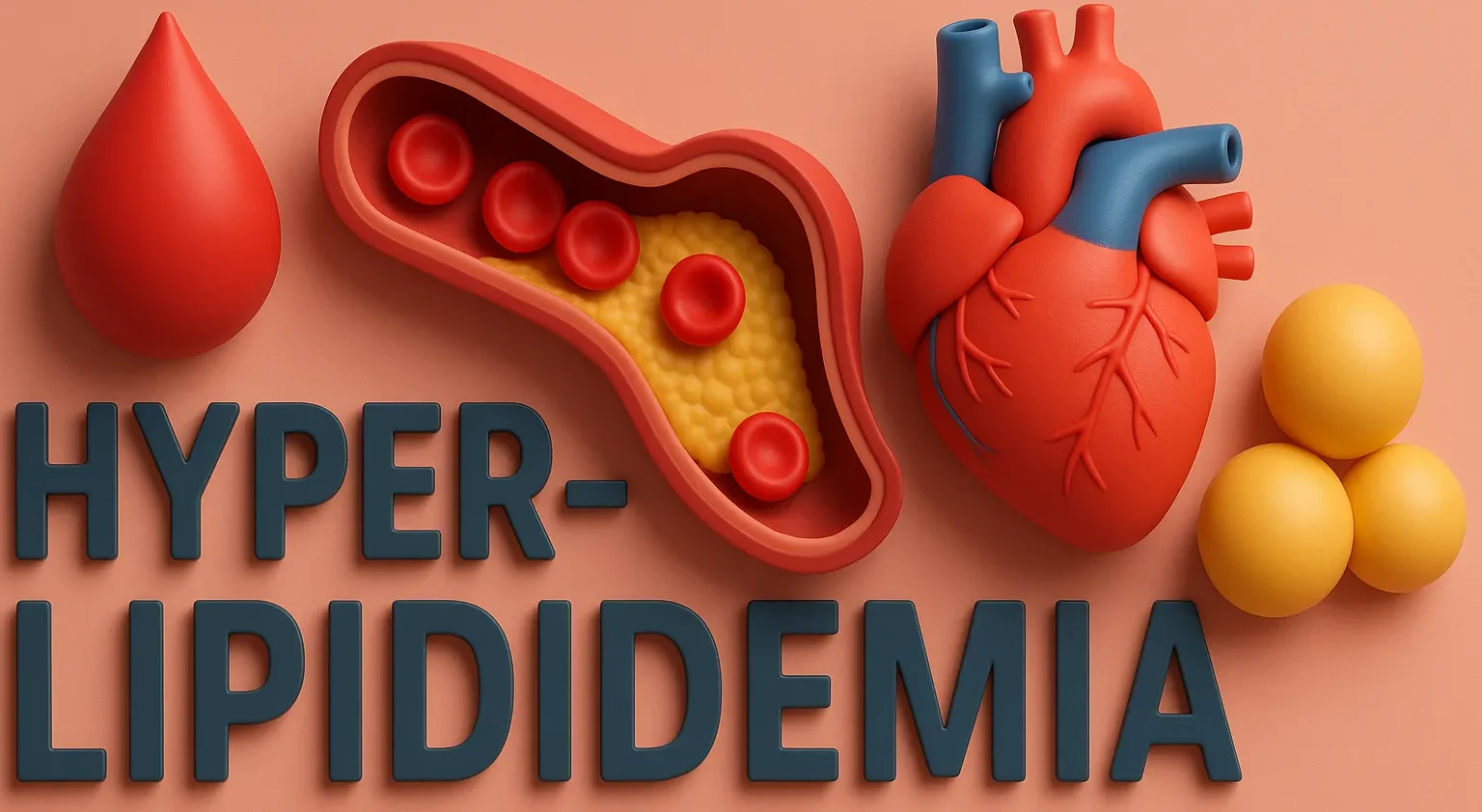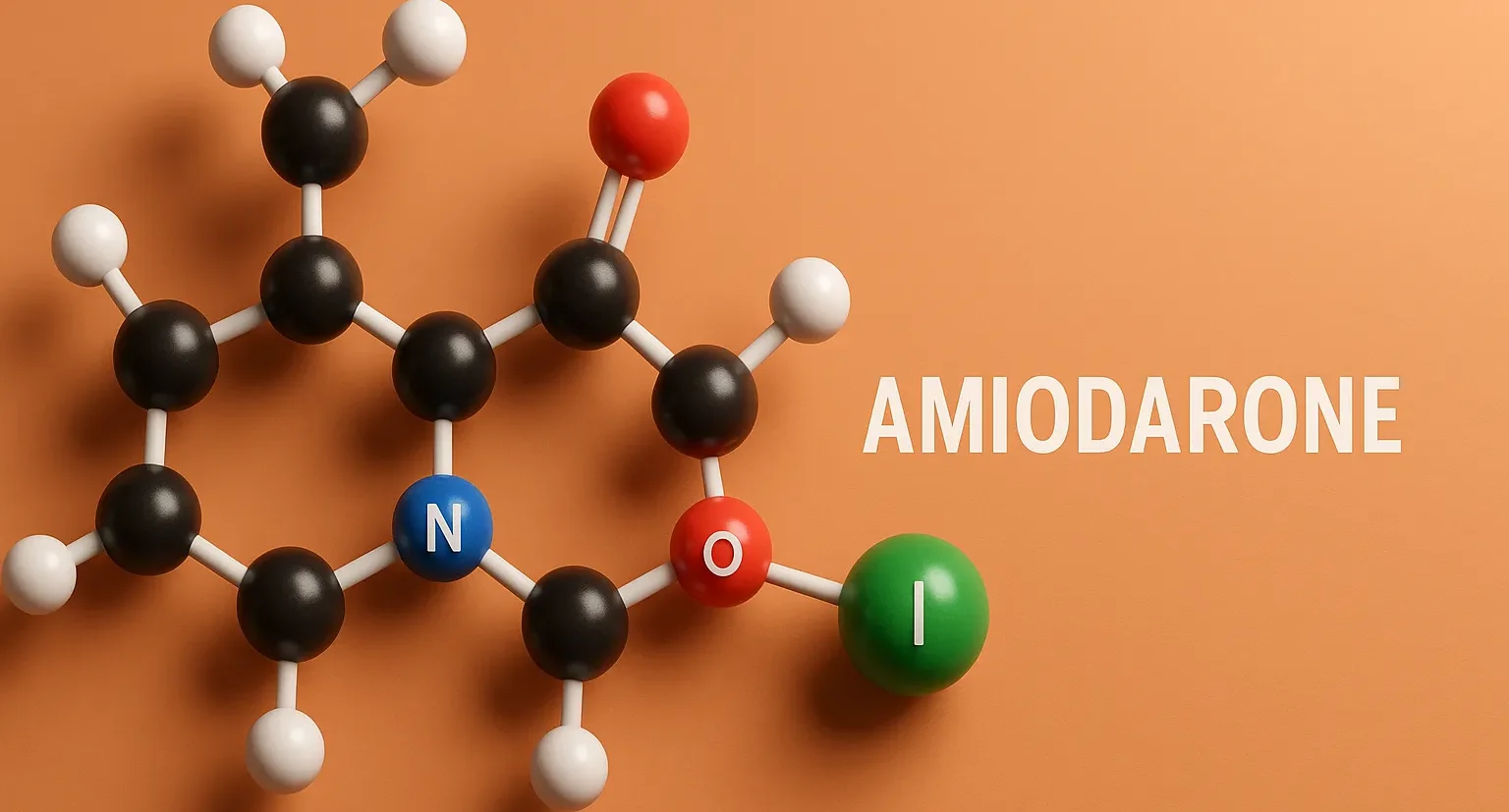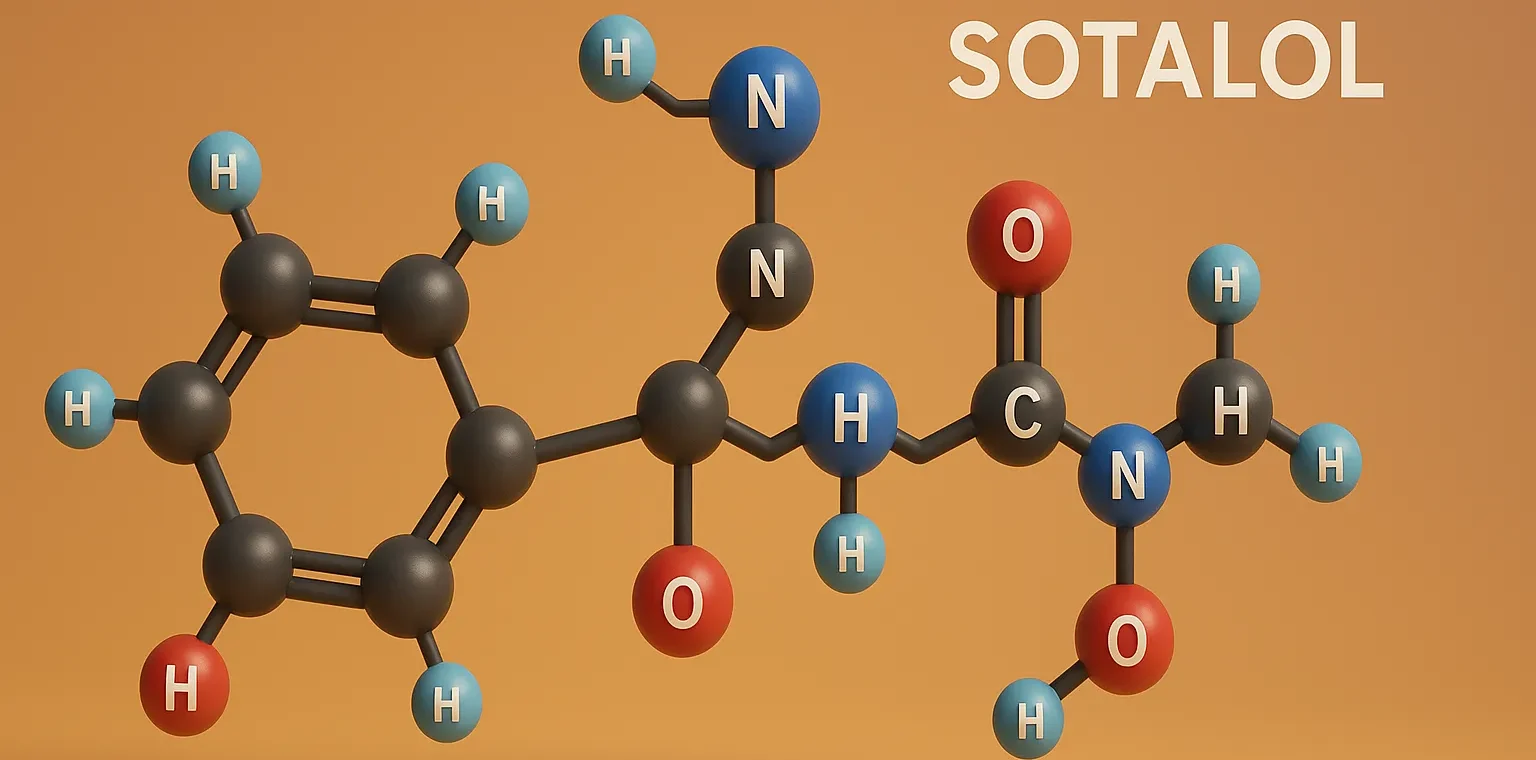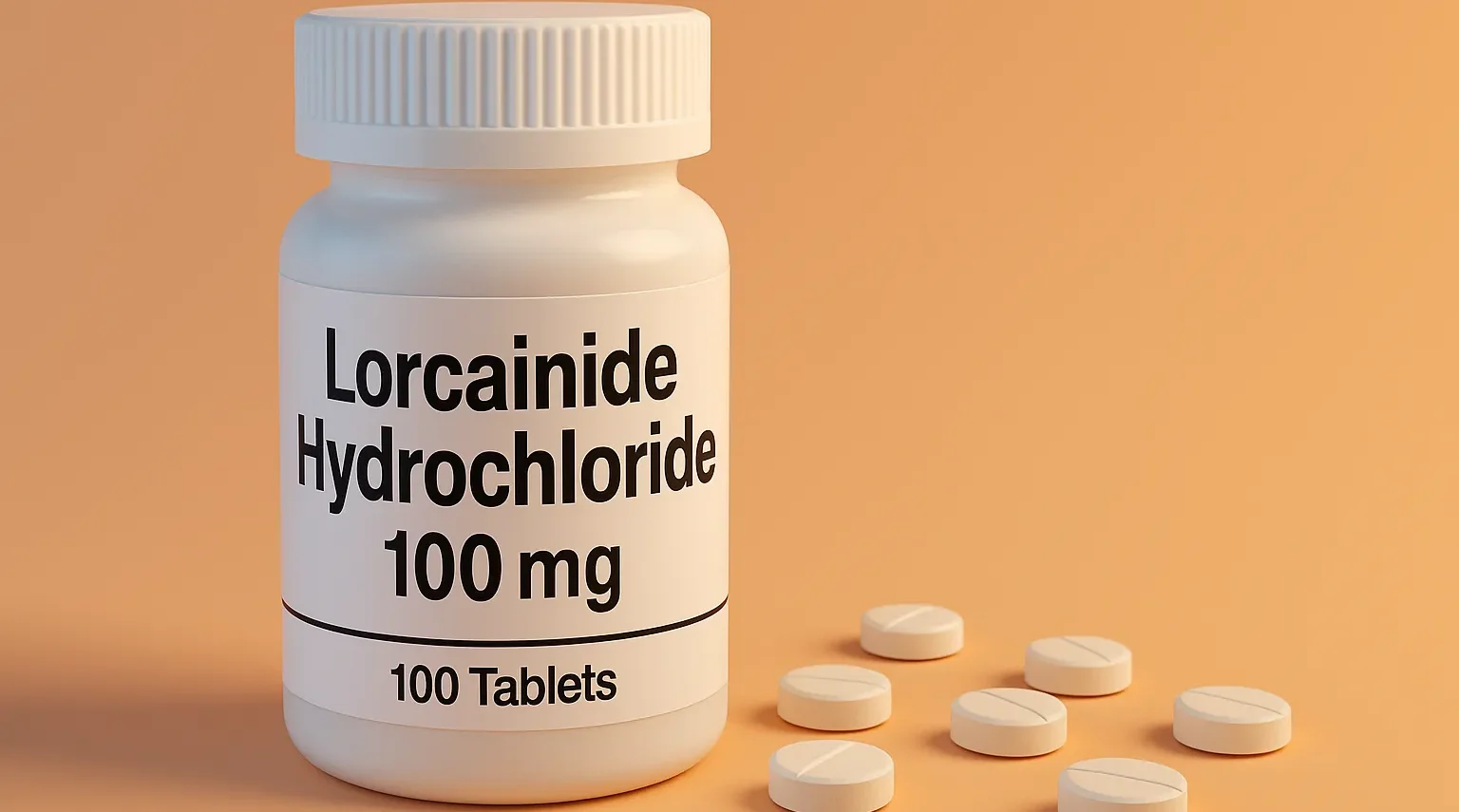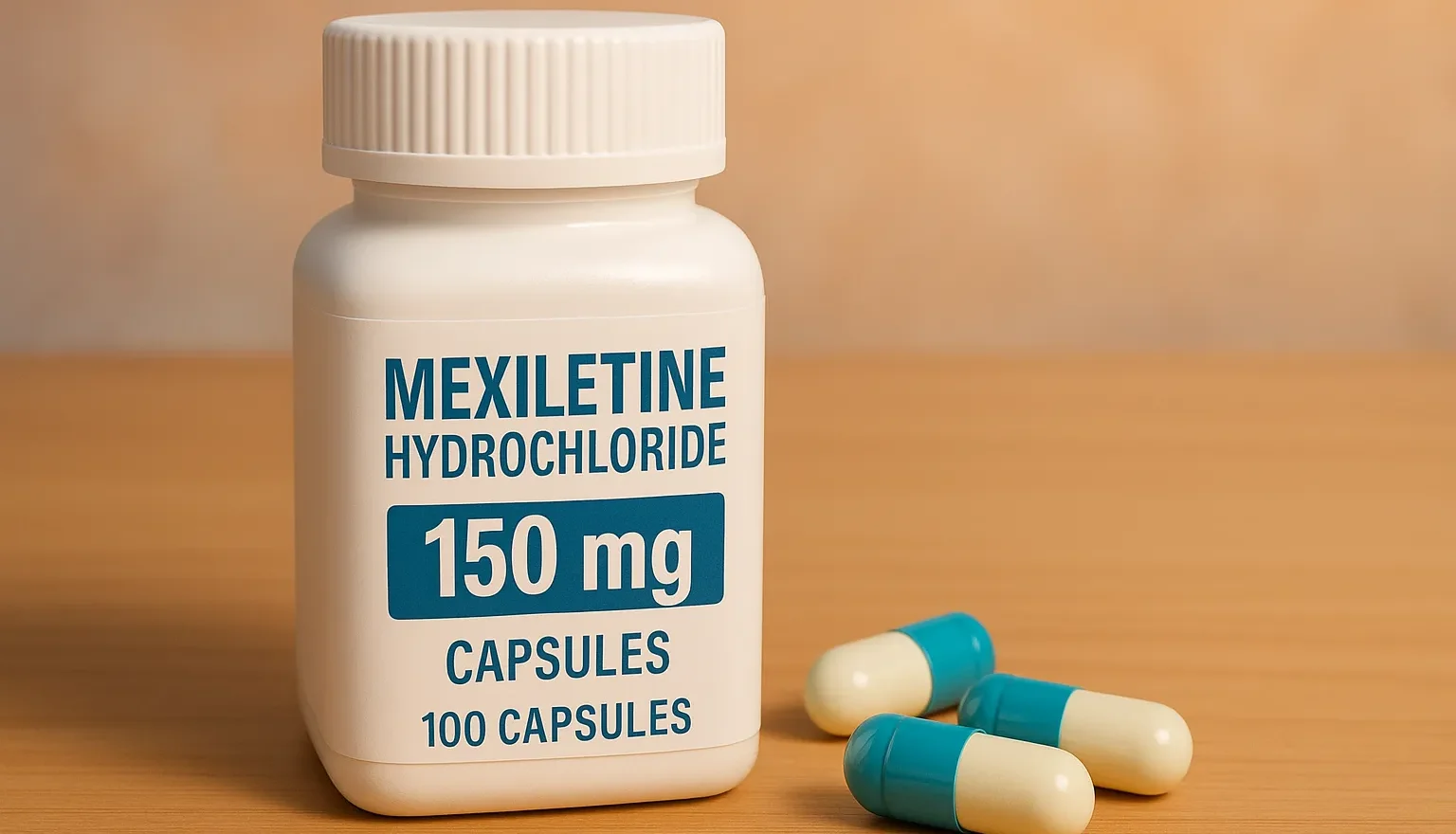Coagulants
Definition of Coagulants: These are agents that promote blood clotting (coagulation) to prevent excessive bleeding. They are used in situations where there is a deficiency in the blood’s natural ability to form clots. Mechanism of Action: Vitamin K-Dependent Pathway: Many coagulants, such as Menadione and Acetomenadione, act as synthetic forms of vitamin K. Vitamin K … Read more

